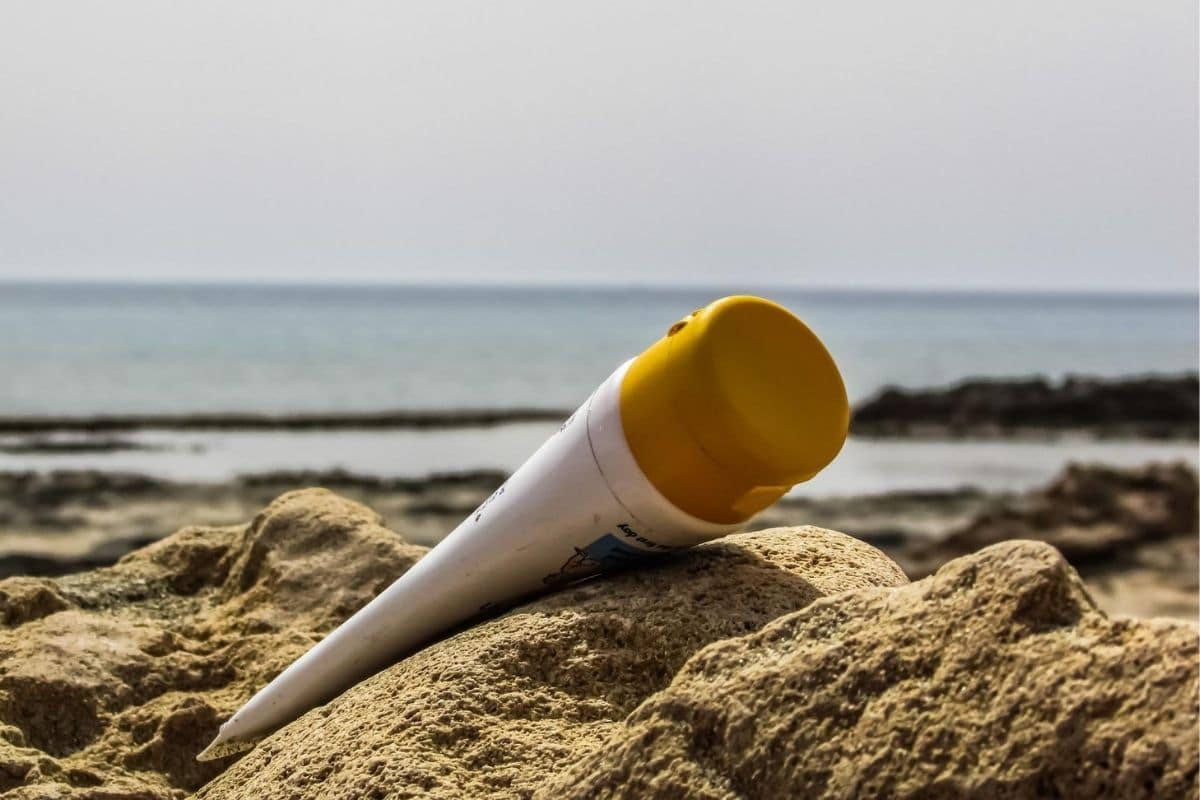
With this compound, we would be much better protected against the harmful effects of the sun, new research claims.
Spring is just around the corner! And if all goes well, the sun will come out more and more often. That means: lubricate! Sunscreen contains active ingredients that protect the skin against UV light. Yet the current creams appear to be missing an important component, according to researchers a new study† And certain extracts that eliminate excess iron in our cells.
Iron
Iron is not necessarily bad. Our body needs iron to function properly. But if you have too much or too little of it, it can be harmful. However, our cells have devised a working method to deal with excess iron. However, sunlight can upset this balance. And that can lead to skin damage, aging and sometimes even cancer.
sunscreens
The sunscreens on the market today contain ingredients that block or absorb UV rays. In addition, they reduce the number of free radicals (a type of unstable molecule) that are created on the skin when UV rays come into contact with the skin. But what has not been given attention is the role of iron; both in directly damaging the skin when it interacts with UV radiation, and in amplifying the damage caused by free radicals. “This needs to change,” says researcher Charareh Pourzand. “Formulas need to be adapted and improved.”
Natural extracts
The researchers have already identified some natural extracts that can ensure the correct balance of iron in our cells. These include various classes of botanical compounds, among others, including extracts of certain vegetables, fruits, nuts, seeds, bark, and flowers. Experiments have shown that these antioxidants eliminate excess iron in cells. “By adding such powerful antioxidants in skin care products and sunscreens, they provide better protection from the sun,” said Pourzand.
More research
All in all, the researchers show that current sunscreens are missing a crucial part; certain iron-targeted extracts that protect our skin from sunlight even better. However, according to Pourzand, more research is needed before the natural compounds they identified in their study can be used for commercial purposes. “Although they prove effective under lab conditions, they don’t necessarily remain stable when added to a cream,” she says. “The extracts come from plants and environmental factors influence their stability. The season they are grown, soil type, latitude and time of harvest can affect their ability to neutralize free radicals and scavenge iron.”
According to Pourzand, the next step is to standardize the bioactive chemicals in the named extracts. This guarantees that they all contain the same amount of the active ingredient. “Once that’s done, they can and should be added to products designed to protect the skin from aging,” she concludes.
Source material:
†Add iron-trapping extracts to sunscreens to make them truly effective” – University of Bath
Image at the top of this article: Dimitris Vetsikas via Pixabay